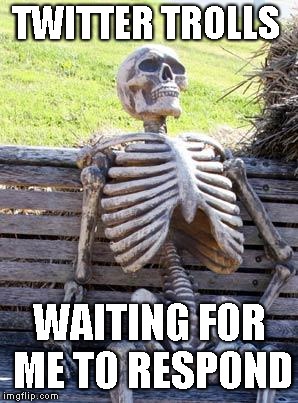What I wanted to talk about instead is something that us 'marketeers' hear about a lot... and that's digital influencers. Basically, asking people who have a lot of followers in the digital space to promote your products/services to their audiences. While we've been choosing the inventory for our clearing campaign, social influencers has been a topic of conversation, and today I wanted to look into it in a bit more detail.
1) Is it actually effective?
If you look at the stats, yes it works. A lot of media agencies will tell you it's the only truly effective way to market to students or Gen Z nowadays. In fact, Activate by Bloglovin's research has found that 67% of marketers think influencer marketing campaigns helped them reach a more targeted audience, which leads to better overall results. And why wouldn't it? To the younger audience it's essentially like being recommended a product or service from a friend, and what could be more convincing than that?
2) When DOES it work?
Let me preface this with... I watch a lot of YouTube. And I've seen my fair share of influencer ads. From personal experience (and I imagine it to be the same amongst some), sometimes they work and sometimes they don't. The best brand work I've seen through digital creators has definitely always been the longer campaigns. If I see a creator post one #ad for a brand and then never speak about them again, I'm not believing a word they're saying. But when influencers and brands have lasting relationships it has more value to the audience. Plus it's got to be a partnership that makes sense. (I cannot emphasise this enough).
For example: Liza Koshy works out everyday, and posts Instagram stories/Snapchats about it regularly. Liza Koshy also happens to have 15 million subscribers and 15.6 million Instagram followers. So Nike approached her. Makes sense, right? A match made in heaven. And then this happened. 20 MILLION VIEWS?! ARE YOU KIDDING ME!? I actually enjoyed sitting through what was essentially 8 minutes of advertising! As well as that, she created her own pair of shoes with Nike, plus they got her to host a whole bunch of panel events with athletes - both of which built value and trust with her audience. But credit where credit due, the advert only worked because it was still 100% Liza. Full of puns, double entendre, physical comedy, and most importantly... complete transparency.
3) When does it NOT work?
When influencers promote something that you wouldn't associate them with. Or when it's forced, sounds rehearsed, or when the creator hasn't been organic. Just today I saw a vlogger promoting the DVD release of Maze Runner: The Death Cure on his channel and on Instagram. But I never saw him go and see the film in the first place, plus I've been watching him for a year and I've never even seen him set foot in a movie theatre, so why am I going to trust him to recommend me this? So fake! Yeah I watch YouTube, but I'm not dumb. (Wait, was that an oxymoron?).
Wrong partnerships are the curse of the digital space. It would be like us asking a creator who attends another university to make a sponsored video about us. Who on earth is going to believe that? Getting your target audience to listen doesn't work if you don't have the right thing to say.
So there you have it. A little insight into how I think marketing with digital influencers works and how it doesn't. Something for us definitely to think about, as it seems that's where a lot of marketing is headed in the future. If you have any thoughts then let me know, YouTube is easily one of my favourite topics of conversation!
Until next time. Over and out.











